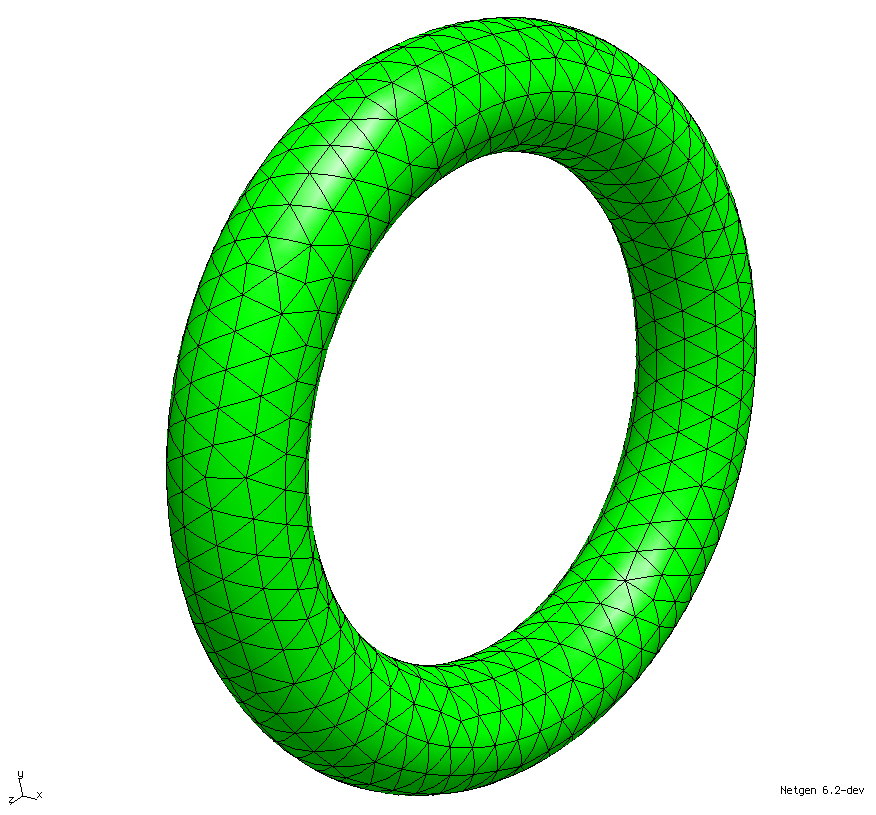Showcases
In this example we will have a look on how we can solve a multiphysics problem in NGSolve and the NGSPy interface. Therefore, we will consider a fluid-structure interaction problem, where the Navier-Stokes equations for the fluid part
$$\rho\frac{\partial u}{\partial t}+\rho(u\cdot\nabla)u-\rho\nu\Delta u+\nabla p = f$$ $$\text{div}(u) = 0$$
and the elastic wave equation for the elastic part
As this may be useful for some people I decided to write a short article about how one can do distributed parameter tests either on a cloud or on a cluster. As a test case, we will solve the poisson equation for some 1000 different conductivities - automatically distributed onto all available computing nodes. Apart from NGSolve we will use dispy to manage the network communication.
| NGSpy allows to create rotationally symmetric geometries (e.g. a torus) using the CSG format. This is done by defining a two dimensional spline which is then rotated around an arbitrary axis. |

|
The newly introduced BBND feature of Netgen/NGSolve allows us to compute the magnetic field of a thin wire by approximating it with operators on the 1D line segment. In this example we want to compute the field of the following coil geometry:
Netgen 6.2 adds the possibility of defining Integrals on codimension 2 objects (on the boundaries of boundaries - BBND). This enables i.e. the definition of currents on a segment in a 3D geometry, to compute the magnetic field of a thin wire.

